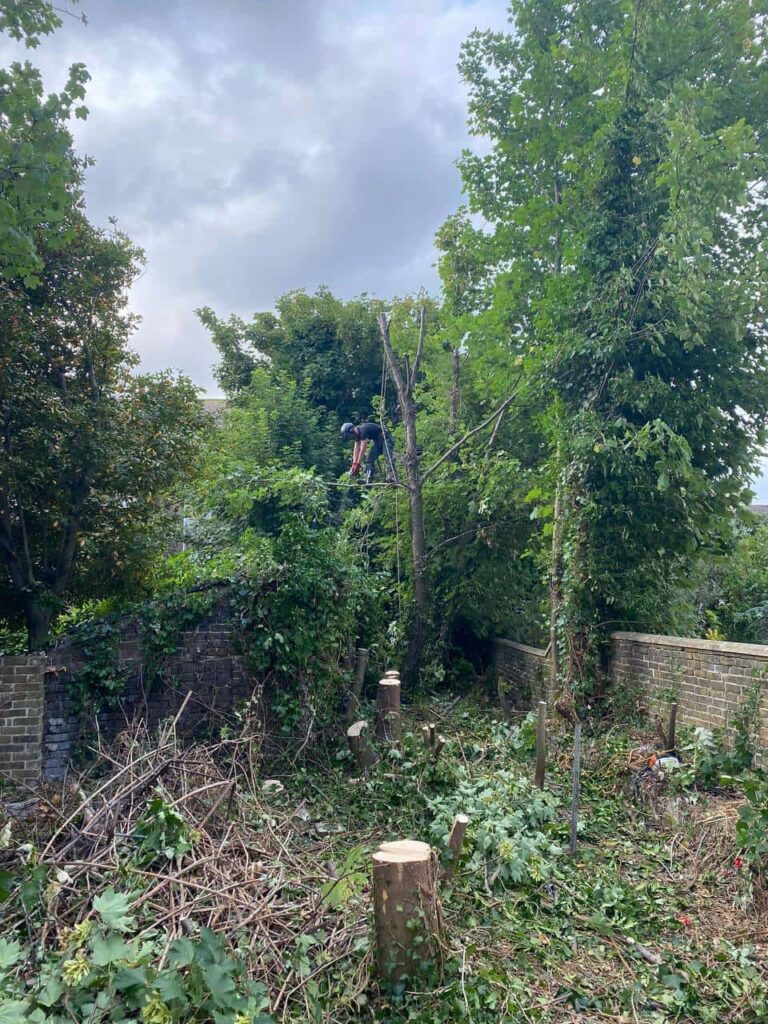Maintaining tidy, well-shaped hedges can transform your garden from ordinary to beautifully structured. However, hedge cutting is not as straightforward as it may seem. It requires timing, technique, and an understanding of plant growth to achieve healthy, even results. At Bury St Edmunds Tree Surgeons, we often see homeowners unintentionally damage their hedges through improper trimming practices. Knowing what to do—and what not to do—can make all the difference.
The Importance of Proper Hedge Cutting
Regular hedge cutting keeps your garden looking neat while encouraging dense, healthy growth. Properly trimmed hedges not only provide privacy and shelter but also prevent overgrowth that could affect nearby plants or structures. Poor cutting habits, on the other hand, can lead to patchy foliage, disease, or even plant death.
Below are some essential do’s and don’ts that every homeowner in Bury St Edmunds should follow for the best results.
The Do’s of Hedge Cutting
1. Do Cut at the Right Time of Year
Timing plays a crucial role in hedge health. For most hedges, trimming in late spring or early summer encourages fresh, healthy growth. Light maintenance cuts can be made later in the season, but heavy pruning should be avoided during autumn or winter, when plants are more vulnerable to frost and stress.
2. Do Use Sharp, Clean Tools
Blunt or dirty tools tear through branches instead of cutting them cleanly, leaving jagged wounds that increase the risk of disease. Always sharpen your trimmers or shears before use and sterilise them between different plants to prevent cross-contamination.
3. Do Shape the Hedge Properly
When cutting, always ensure the hedge is slightly wider at the base than at the top. This shape allows sunlight to reach all areas of the plant, encouraging even growth and preventing bare patches near the bottom.
4. Do Remove Dead or Diseased Branches
Before beginning the main cut, inspect your hedge and remove any dead, damaged, or diseased wood. This improves air circulation and prevents infection from spreading through healthy sections.
5. Do Consider the Type of Hedge
Not all hedges respond the same way to cutting. Fast-growing species such as leylandii require more frequent maintenance than slower-growing varieties like yew or boxwood. Understanding your hedge’s characteristics helps you determine how much and how often to cut.
The Don’ts of Hedge Cutting
1. Don’t Cut Too Aggressively
One of the most common mistakes homeowners make is overcutting. Removing too much foliage at once can shock the plant, slowing growth and making it susceptible to disease or dieback. It’s best to trim gradually and regularly rather than attempting a drastic reshape in one go.
2. Don’t Trim During Nesting Season
Between March and August, many birds nest within hedges. Cutting during this period can disturb wildlife and damage nests. Always check for nesting birds before starting any hedge work.
3. Don’t Ignore the Weather
Avoid cutting hedges during extreme weather. Wet conditions can cause fungal infections in open cuts, while high heat or frost can stress freshly trimmed plants. Aim to work on mild, dry days for the healthiest results.
4. Don’t Let Hedges Grow Out of Shape
Leaving hedges unattended for too long can make them unruly and difficult to manage. Regular trimming—at least once or twice a year—keeps growth compact and prevents the hedge from becoming too woody or overgrown.
5. Don’t Forget Clean-Up
After cutting, remove fallen clippings from around the hedge base. Leftover debris can harbour pests and block moisture from reaching the roots, leading to long-term damage.
When to Call the Experts
While light hedge maintenance can be managed by most homeowners, larger or older hedges often require professional attention. At Bury St Edmunds Tree Surgeons, our experienced team handles complex hedge cutting with precision, ensuring your plants stay healthy, symmetrical, and safe. We use professional-grade equipment and techniques tailored to each species, promoting long-term growth and resilience.
Conclusion
Proper hedge cutting requires more than just a steady hand—it demands knowledge, timing, and care. By following the do’s and avoiding the don’ts, homeowners can maintain hedges that are both attractive and healthy. For those in Bury St Edmunds, Suffolk, seeking expert guidance and professional results, Bury St Edmunds Tree Surgeons offers reliable, high-quality hedge maintenance services designed to protect and enhance your outdoor space for years to come.
Call us on: 01284 339 498
Click here to find out more about Bury St Edmunds Tree Surgeons
Click here to complete our contact form and see how we can help with your tree needs.

